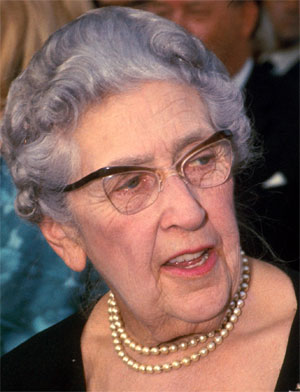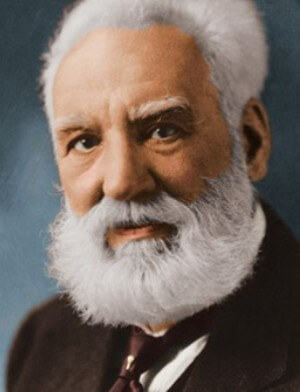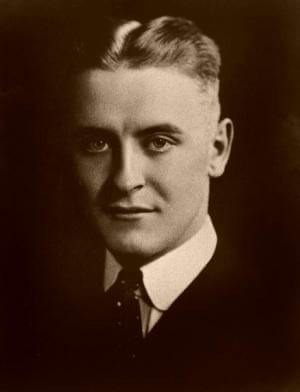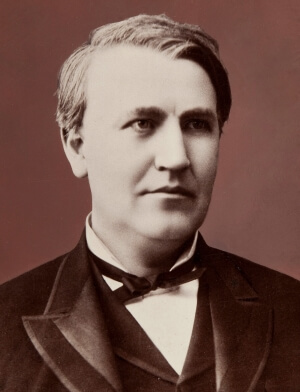- ICCONS,Shoranur, Palakkad (0466)2224869; 6238440945
- ICCONS, Pulayanarkotta,Trivandrum-11 (0471)2440232, 2447729
- icconssrr@gmail.com
- icconstvpm2018@gmail.com

Learning Disabilities - Historical Background
The notion that dyslexia may have a neurological origin was initially and independently mentioned at the turn of the last century by the Scottish ophthalmologist James Hinshelwood (1895) and Morgan (1896), emphasized the similarity of certain symptoms in dyslexic children or teenagers with the neurological syndrome of “visual word blindness”. From there, for over 50 years the concept towards the organic basis of learning disability remained dormant even to the extent that if the child was from middle class or upper socio economic background, attempts were made to ascribe the difficulty to lack of motivation or to a “block” in the learning process due to psychological dysfunction.
Around the same period American neurologist Samuel T Orton (1937) studied reading disabilities or “dyslexia” in children. He described the condition as “word blindness” or strephosymbolia. It is customary to cite Samuel Orton as the founding father of the now famous atypical lateralization theory of dyslexia.
The history of dyslexia can be proposed in 4 stages (Guardiola J. G). The origin of dyslexia account for the first stage, the first subject with reading and language deficit were identified. They were generally patients with acquired aphasia and lasted until the end of nineteenth century. Evolution stage starts from 1950- 1970 in which the field of dyslexia opened up a variety of approaches for clinical, research and education. The modern theories (1970- 2000) have created the foundations of our current knowledge about dyslexia.
The work of Strauss & Werner is an important turning point towards the organicity of learning disabilities. They compared retarded children with and without evidence of clear-cut injury to the brain and found that the brain-injured group had certain specific abnormalities in cognitive function. The author’s also defined specific behavioral characteristics of this group of children. The term “minimal brain damage” was coined and they observed that these children generally were characterized by perceptual motor problems and neurological impairment but, with normal intelligence.
Yet it was not until the decade beginning in 1960 that the idea of an organic abnormality began to gain prominence. Clements & Peters (1962) listed ten common features of children with learning problems.
The concept of Learning Disability gained further attention by establishing its existence as a specific entity in 1963.The difficulty that many children were having with learning began to attract serious attention. An increasing number of children were bright, fairly articulate in their verbal expression, and did not appear to have any form of mental retardation, sensory handicap or visual impairment but were found unable to cope with schoolwork specifically with reading writing and mathematics. Educators and professionals began to take these learning difficulties seriously. On 6th of April, 1963, Dr. Samuel Kirk addressed a gathering of parents in Chicago, at which he first used the term “Learning Disability” to describe the group of children with disorders in the development of skills needed for social interaction but with definite exclusion criteria such as those with sensory handicaps like blindness, deafness and mental retardation. (Hallahan& Cruickshank,1973).
A tremendous burst of interest in LD came forth after 1963. In 1966 the first of the three task force reports got published, sponsored by the National Institute of Neurological Diseases and Blindness - Minimal Brain Dysfunction in Children: Terminology and Identification (Clements). It was followed by Minimal Brain Dysfunction: Educational, Medical, and Health Related Services (Haring & Miller, 1969) and Central Processing Dysfunction in Children (Chalfant&Scheffein, 1969). These research reports provided useful information for professionals for a base on which to conceptualize the field of learning disabilities and to implement services for children.
The problem of scholastic backwardness should be differentiated from Learning Disability. Scholastic backwardness may be due to many causes. Learning Disability being one of such causes thus becomes a condition diagnosed by exclusion. Specific Learning Disability should only be diagnosed after exclusion of many of the organic disorders, primary sensory deprivation, social, cultural, emotional, socio economic deprivation that interfere with normal learning and finally those factors related to didactics.
In 1994, the British health economic review stated that Learning Disability is the most expensive disorder, pushing “stroke” to the second position, which was earlier considered the costliest disease. This means that Learning Disability is a developmental disorder that is to be carefully evaluated, diagnosed and managed through appropriate investigations. Hence it is imperative that when you are stuck with a child having difficulties in coping with the program of learning, rather than ignoring the problem, it should be brought into the care of a Physician or Neurologist who is versatile with the management of such conditions.
It is important to note that though Learning Disability is a developmental disorder often the teachers will be the first to identify the problem. The teacher has to direct the child to appropriate disciplines through the parents. Moreover since it is a developmental disorder, the child grows with the problem. Thus it becomes important that the parents as well as the teachers should be aware of the disorder and its management.
Therefore the child with LD is to be addressed by the parent, the teacher and the professionals - medical as well as paramedical. A combined working pattern is vital.








